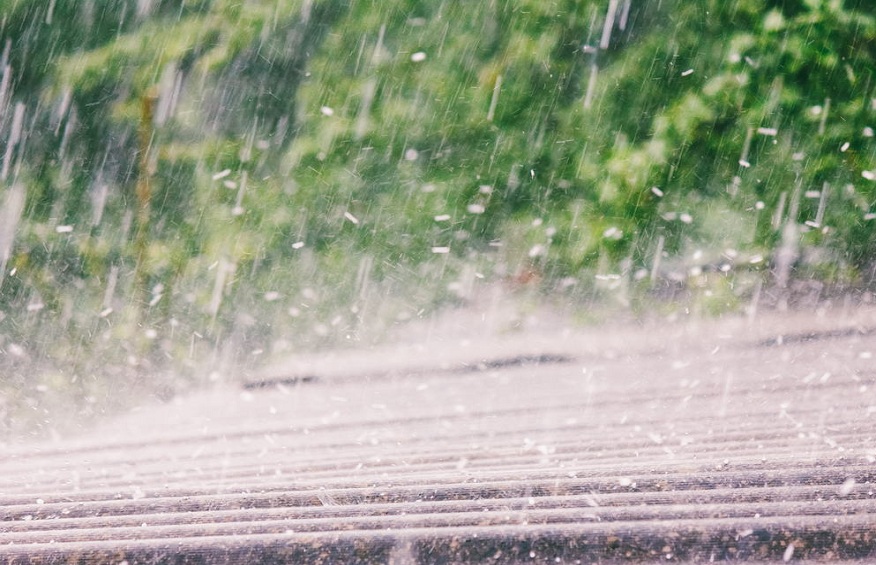Preventing water damage is crucial when it comes to protecting homes and avoiding expensive repairs. Taking a whole house approach to weatherproofing with an emphasis on water management will allow homeowners to secure their most valuable asset.
Assess Vulnerable Areas
Begin by thoroughly evaluating the home’s exterior to identify areas prone to water intrusion. Key areas to inspect include:
- Roofing – Look for damaged, curling, or missing shingles that allow water penetration. Pay close attention to vents, skylights, and chimneys.
- Gutters and Downspouts – Check for proper slope, debris buildup, leaks at seams, and secure attachments to the home. Extensions should be installed to divert water away from the foundation.
- Siding and Trim – Scan for gaps around windows, doors, pipes, and wires. Look for popped nails as well as warped or damaged boards.
- Foundation – Check for cracks wider than 1⁄4 inch. Look for gaps where siding meets the foundation.
- Grading and Drainage – Inspect overall slope around home and look for areas where water pools against the foundation.
- Entry Points – Inspect weather stripping around doors and windows. Ensure thresholds are watertight.
Make Repairs and Seal Vulnerable Areas
Once vulnerabilities have been identified, it’s critical to make repairs in a timely manner before costly water damage occurs. First, seal foundations and cracks wider than 1/4 inch with hydraulic cement, caulk, or foam. Make sure to fill gaps around windows, doors, pipes and wires with weather resistant caulk or foam sealant. You should replace weather stripping and threshold seals around the doors if worn.
Any damaged or loose roofing shingles should be repaired or replaced promptly, and clogged gutters should be cleared as soon as possible. You should also secure loose downspouts and regrade areas where water pools against the foundation.
Upgrade Key Systems
Making strategic upgrades improves water management long term. The experts at AD Green Gutter Screens say that for older homes, seamless gutter installation makes sense as these systems are less prone to leakage. You should also add gutter guard screens to keep gutters clear of debris and use underground downspouts to channel water completely away from foundations.
Upgrade old roofing to new architectural shingles with improved water resistance. Replace worn siding with new materials like fiber cement that withstand moisture. Perimeter drainage can be improved with French drains or drainage tile.
Adjust Landscaping
Simple landscape adjustments also improve drainage, so consider sloping soil away from home at least 6 inches over 10 feet. Additionally, beds of gravel, river rock or vegetation will improve problem areas.
Use downspout splash blocks to spread roof water over a larger area and redirect downspouts to drain into rain gardens planted with water tolerant plants.
Maintain and Monitor
Ongoing maintenance keeps weather barriers effective, so regularly inspect roofing, gutters, and drainage areas, clearing away debris before it accumulates. Gaps and seals should be re-caulked before cracks expand.
Be sure to monitor basement and crawlspace humidity levels and address sources of moisture intrusion promptly.
Conclusion
Safeguarding a home from water intrusion requires a comprehensive approach. Inspect all exterior components thoroughly and make repairs quickly before small issues turn into expensive headaches. Strategically upgrade gutters, roofing, siding, and drainage based on your home’s vulnerabilities. Adjust landscaping to move water away from the foundation. Stay vigilant year-round with seasonal maintenance.
A weather-tight home requires diligence but pays dividends through reduced damage and utility costs. Don’t wait for storm damage to occur before taking action. Implement a complete weatherproofing plan that keeps water where it belongs – outside your home. Taking a proactive approach to water management ensures your home remains a safe, dry sanctuary for your family.





